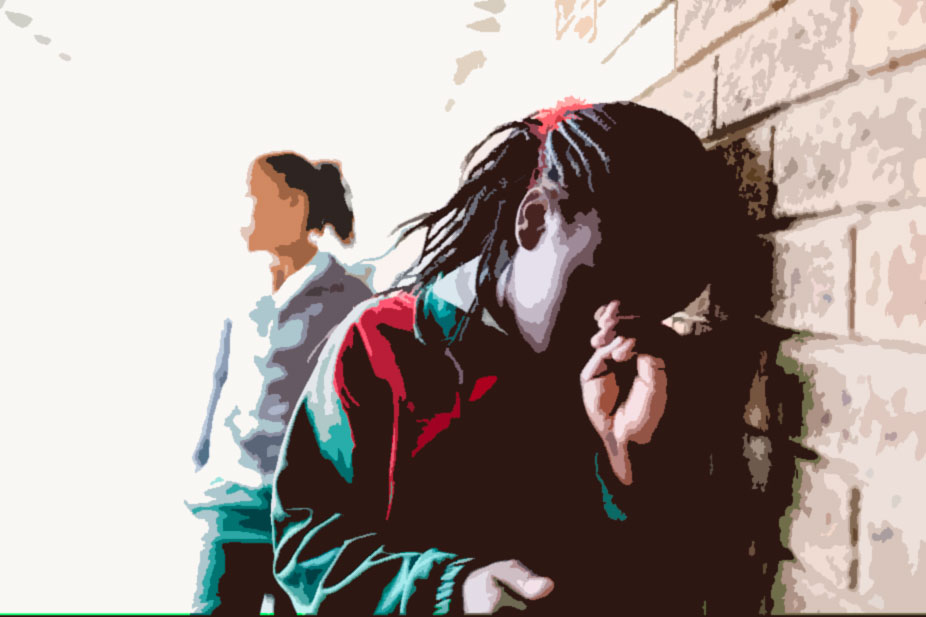
DR MARGARET NAKHID-CHATOOR
SCHOOL violence in TT is no longer an issue that can be examined through passive lens. Reports, debates, research, and political rhetoric have all flooded the national conversation over the last few weeks and decades. From newspaper headlines to parliamentary enquiries, the problem has been dissected in painful detail.
As far back as 2016, joint select committees analysed bullying patterns and made recommendations, the Ministry of Education responded with student intervention programmes, and organisations like TTUTA and the National Parent-Teacher Association have written articles and voiced concerns. However, students continue to fight, threats escalate, and the cycle of violence persists. After all these discussions have been done, what comes next?
The research done and data collected are overwhelming. Between 2022 and 2024, bullying reports surged to 470 cases in secondary schools, with violent altercations making national news. Schools have seen students stabbed, beaten, and attacked with weapons, while disturbing viral videos exposed the raw and uncontrolled aggression unfolding in classrooms and corridors.
Suggestions for a more solid police presence in schools have sparked fierce debate, with some arguing that additional security forces might only escalate tensions rather than defuse them. After all these discussions have been done, what comes next? For we have been here before.
All the reports, newspaper columns, and ministerial responses come and go, yet the scars of school violence remain. Many people fail to realise that school violence does not only leave physical scars – it leaves deep psychological wounds that can shape a student’s mental health, academic performance, and even their future relationships.
Beyond the visible bruises seen in the viral videos, students caught in cycles of school violence often experience emotional trauma that remains unnoticed and untreated. Fear, anxiety, and chronic stress become ingrained in their daily lives, affecting their ability to focus in class, engage socially, and develop a sense of safety in their environment.
It has been suggested that the witnesses to school violence must be suspended as they did nothing to help the victim. Really? To help or not to help, that is the question?
The psychological consequences of school violence are often overlooked, such as post-traumatic stress disorder (PTSD) where it is possible that victims and witnesses of these violent incidents may develop symptoms of PTSD, including nightmares, flashbacks, emotional numbness, and hypervigilance – constantly feeling unsafe, even outside of school.
Some students internalise violent behaviour, mimicking it as a defence mechanism, while others retreat into withdrawal and passivity, believing they are powerless to change their circumstances.
Moreover, when a school environment is hostile or prone to frequent violent disruptions, this trauma can disrupt cognitive processing and concentration in the classroom, decreasing performance outcomes as students focus on survival and leaving the school premises quickly, rather than on learning.
Violence damages a student’s ability to trust authority figures, build healthy peer relationships, and develop emotional regulation, leading to difficulties in adulthood. Psychological intervention must be woven into standard school protocols, rather than seen as an afterthought when incidents escalate.
Addressing school violence effectively requires more than militarised security measures and zero-tolerance policies. It must also consider the broader social, economic and familial contexts that influence student behaviour.
TT’s youth cannot continue to bear the burden of an unsafe school system, so discussions on violence must shift beyond discipline and security to psychological recovery and prevention. Until
all students feel safe, valued, and emotionally supported, school violence will remain an open wound that deepens over time.
The recent incidents of school violence suggest that it is time for real, measurable change where solutions are seen as urgent, practical and visible – not just reports, interviews and sensational headlines!
Schools must require students, teachers, and parents to undergo regular workshops focused on de-escalation techniques and healthy conflict resolution, and I will say this again and again like a broken record – educators and caregivers must be equipped to detect early warning signs of trauma, aggression, or withdrawal.
Regular school-based mental health screenings would identify at-risk students from as early as the primary school, before violence escalates. Early intervention is key – when a disturbed or violent student is 13-14 years old, it becomes more difficult for successful interventions.
Funding must increase for trained psychologists and counsellors to address root behavioural issues before they escalate into violence, and there must be clear benchmarks set by the government for violence reduction, making ministries, school administrators, and law enforcement accountable for measurable progress.
We may have failed this generation by cut-and-paste methods of intervention when an incident happens, but let us ensure that succeeding generations of students and their families are better equipped to handle the frailties of life by investing in long-term solutions.
Creating partnerships among schools, families, social services and community groups can help to break the cycle of violence and neglect, fostering an environment where all children have an opportunity to thrive, both academically and socially. Take care.
Dr Margaret Nakhid-Chatoor is a psychologist and educator
Credit – Newsday Newspaper, (newsday.co.tt)
See the original article here.





